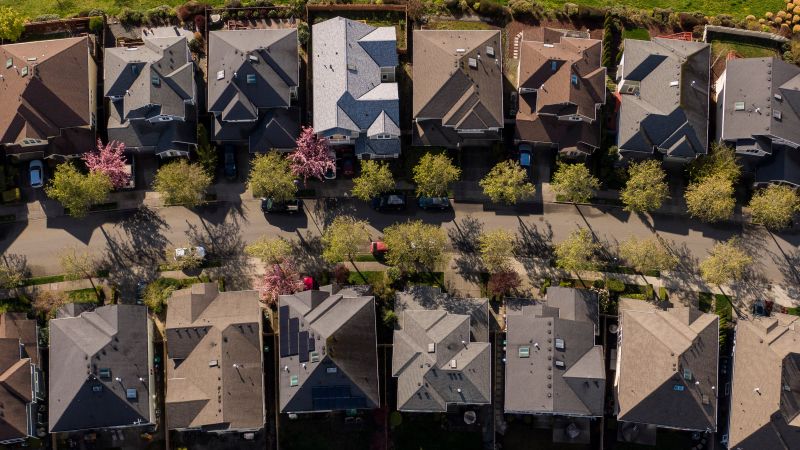Mortgage rates in the United States have declined for the third consecutive week, offering some relief to those dealing with a tough housing market. The standard 30-year fixed-rate mortgage averaged 6.94% in the week ending May 23, down from the previous week’s 7.02% and below the key 7% threshold. This is the lowest rate since early April. Mortgage rates began to climb in late April after moving sideways in March, as economic data showed inflation’s slowdown earlier in the year. Mortgage rates are tied to the 10-year US Treasury yield, which moves in anticipation of interest rate decisions by the Federal Reserve.
High inflation levels earlier this year prevented hopes for interest rate cuts by the Federal Reserve. However, there has been some good news as the Consumer Price Index for April showed inflation did not increase. This has led to a retreat in bond yields in May. Some Federal Reserve officials have hinted that they may not raise interest rates again, and a few have even mentioned the possibility of rate cuts later in the year, which could lead to lower mortgage rates.
Despite the decline in mortgage rates, the housing market’s recovery remains stagnant. Sales of previously owned homes fell in April for the second consecutive month, after experiencing a surge earlier in the year. One of the key issues affecting the housing market is the persistent under-supply of housing, which is failing to meet the rising demand. Homeowners are holding onto their properties due to low mortgage rates they secured before rate hikes began in 2022, contributing to the lack of available homes for sale.
The pace of residential construction is not enough to alleviate the pressure on the housing market and improve affordability. Housing starts rebounded in April, but the trend is still insufficient to meet the housing demand. Lawrence Yun, NAR’s chief economist, stated that around 1.6 million new housing units are needed to balance the market. Home prices remain high, making it difficult for many Americans, especially first-time buyers, to afford a home. President Joe Biden has proposed solutions to improve housing affordability, such as tax credits for middle-class buyers and legislation to support homebuilding.
In April, home prices continued to rise, with the median price of an existing home reaching $407,600, a 5.7% increase from the previous year. This marks the fourth consecutive month of price growth and sets a record for April prices. US home-price growth accelerated in February, with areas like San Diego, Chicago, and Detroit experiencing significant increases. The combination of high borrowing costs, rising prices, and limited housing supply has created a challenging environment for potential homebuyers. President Biden’s proposed solutions to enhance affordability would require congressional approval, including tax credits for middle-class buyers and support for homebuilding.


